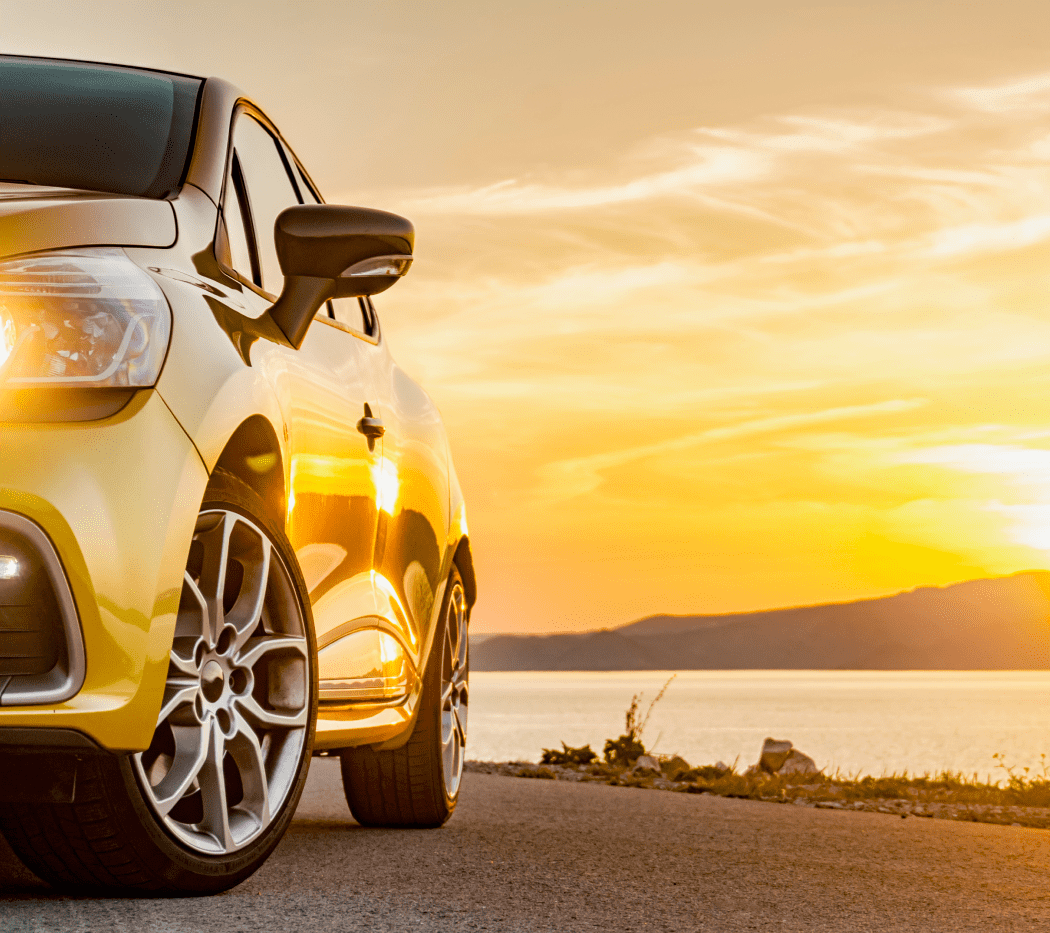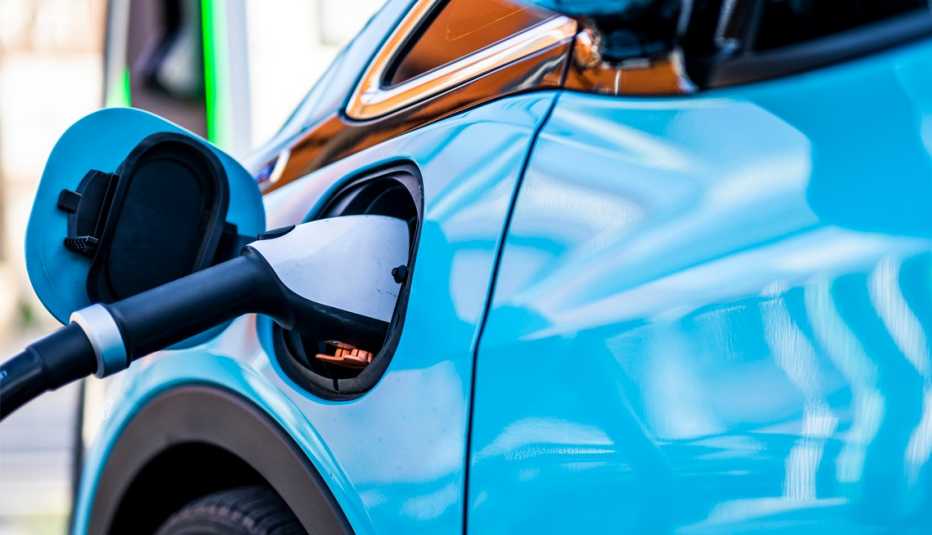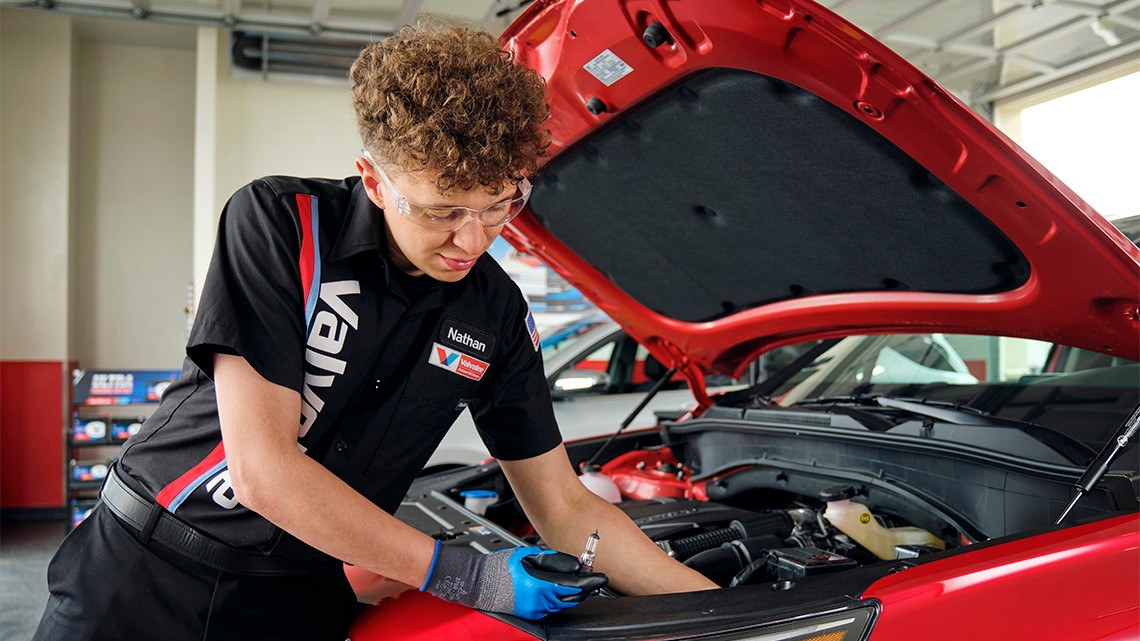Staying Fit
If you're about to buy a car, watch out for the crash — not among vehicles on the road but between expectations and reality.
Because of the economic downturn during the pandemic, about half of car shoppers are expecting a hefty price cut, according to a study from Atlanta-based Cox Automotive, which owns Kelley Blue Book and Autotrader.com among other auto businesses. Nearly all buyers expect some kind of deal.


AARP Membership— $12 for your first year when you sign up for Automatic Renewal
Get instant access to members-only products and hundreds of discounts, a free second membership, and a subscription to AARP the Magazine.
The same study warns that those shoppers “are in for a shock when they aren't able to find the great deal that they expected.” Here's what they face: Prices are up, selection is down and manufacturers haven't returned to 100 percent production.
To put a finer point on it, you will have a harder time finding what you want. And if you decide to settle for something else, it still could cost more than you expected.
"It's a weird time, all right,” says Ben Preston, auto reporter at nonprofit Consumer Reports in Yonkers, New York. “The [auto] market has been changing every few weeks since the pandemic hit. At first, the dealers that were open were bending over backwards to help people — knocking thousands of dollars off, financing deals."
Now, well, this example from car-shopping service TrueCar.com, though extreme, illustrates an about-face: “One customer we know was shopping for a Kia Telluride [SUV], and the dealer adjustment [markup] on the window was $10,000 — if you can believe it,” says Eric Lyman, chief industry analyst at Santa Monica, California-based TrueCar.
Expect to pay a premium for popular models
The Telluride, starting around $32,000 before any markup, has been a hit since its introduction about a year ago. It is one of the fastest-selling new vehicles, according to a report from auto-data specialists at iSeeCars.com, based in Woburn, Massachusetts.
Smaller markups on Tellurides are not unusual, but ones that big are extraordinary, TrueCar says. So if you're thinking about buying a car, your best move might be to wait. When factories return to full production after closures in the spring, dealer lots will fill.
"It generally takes four to six months to adjust inventories on dealer lots” after new vehicle production is seriously affected, as it was with the coronavirus pandemic, Lyman says.
Perhaps you can't wait. Maybe the old vehicle that has served you for a while is now unreliable and unsafe.
"Cars don't decide to break when it's convenient,” says Alain Nana-Sinkam, vice president of strategic initiatives at TrueCar. Or perhaps you previously didn't need a car, but new circumstances now require one.
Short of buying, you do have some placeholder choices depending on where you live and the size of your transportation budget: Ride-hailing services such as Uber and Lyft, long-term car rentals, taxis, subways or other rail lines, and buses. If you do decide to buy now, here are some strategies to consider.
Used vehicles limited
Pre-owned cars aren't the no-brainer they once were. “Demand for used cars is huge right now. And the supply is tight,” says Preston of Consumer Reports.






































































